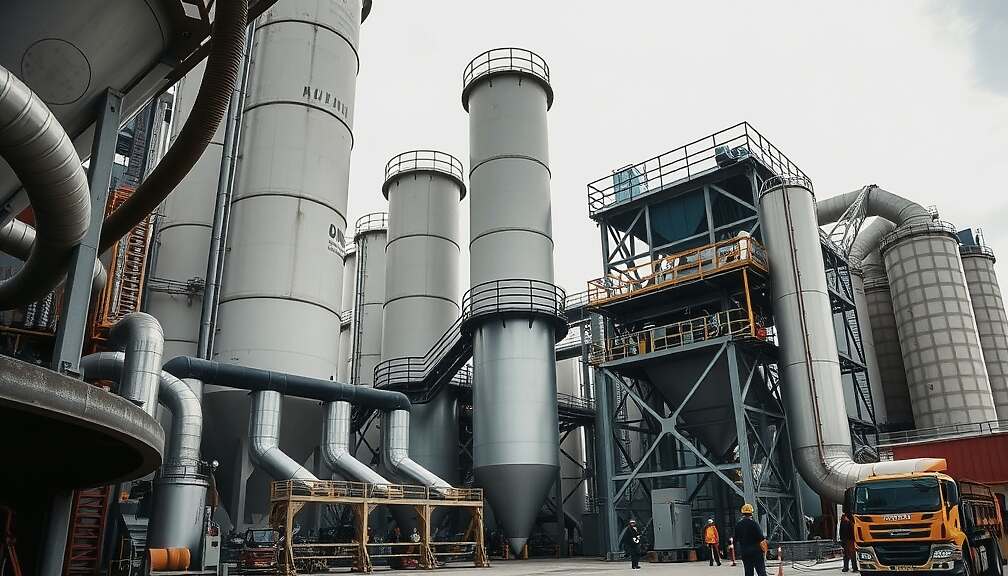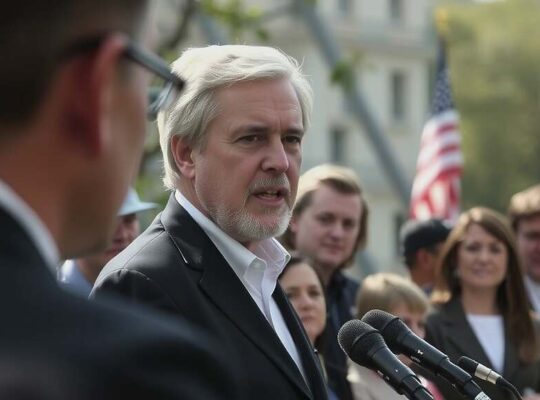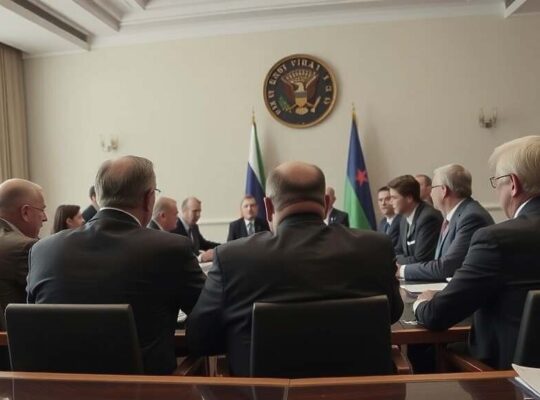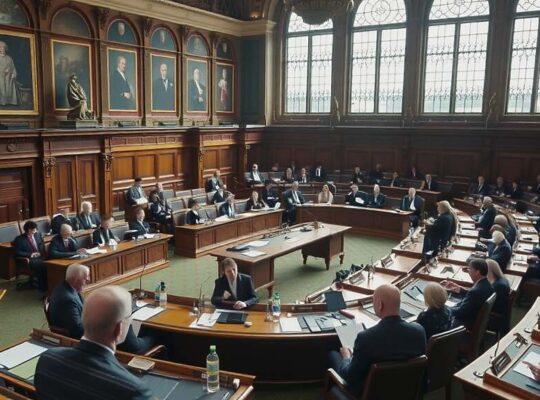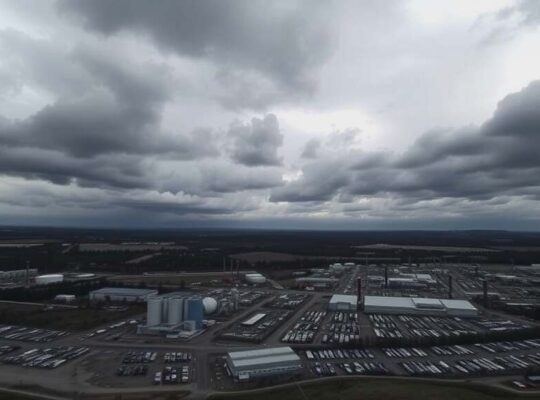Heidelberg Materials, Europe’s largest cement producer, is urging the incoming German government to swiftly regulate and permit carbon capture and storage (CCS) technology within the country.
Dominik von Achten, the company’s CEO, stated in an interview with the “Süddeutsche Zeitung” that rapid implementation is crucial, emphasizing the need to clarify which industries will be permitted to utilize CCS processes. Currently, CCS is effectively prohibited in Germany. While former Minister for Economic Affairs Robert Habeck (of the Green Party) proposed regulatory frameworks, their implementation did not progress during his tenure.
The new government has indicated its intention to establish regulations and views CCS as a potentially valuable tool. However, the practice of storing CO2 remains a contentious issue, with critics raising concerns about unpredictable risks such as leaks and the potential for substantial follow-on costs. Von Achten dismissed these concerns, asserting that stored carbon dioxide poses no inherent danger.
He argued that retaining CO2 within Germany’s borders is essential, particularly in regions where shipping it elsewhere is impractical. “For southern states like Bavaria and Baden-Württemberg, the inability to store CO2 would create a significant disadvantage” he explained. Given the difficulty in eliminating CO2 emissions during cement production, the industry views CCS as a vital pathway to substantially reduce its considerable environmental impact. Von Achten believes the technology can provide a competitive edge.
Heidelberg Materials currently holds the distinction of being the highest-emitting company within the German DAX index. In June, the company inaugurated a CCS facility in Brevik, Norway, linked to its cement plant. This facility captures and liquefies CO2, which is then shipped and stored deep beneath the seabed off the Norwegian coast. The Norwegian state contributed over 80 percent of the 400 million euro investment.


